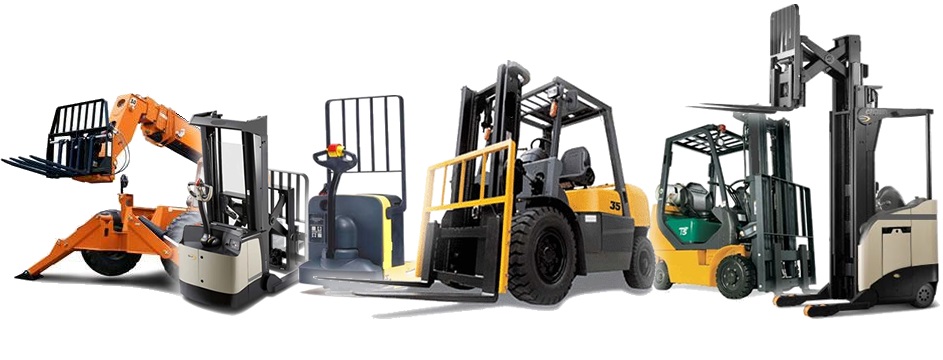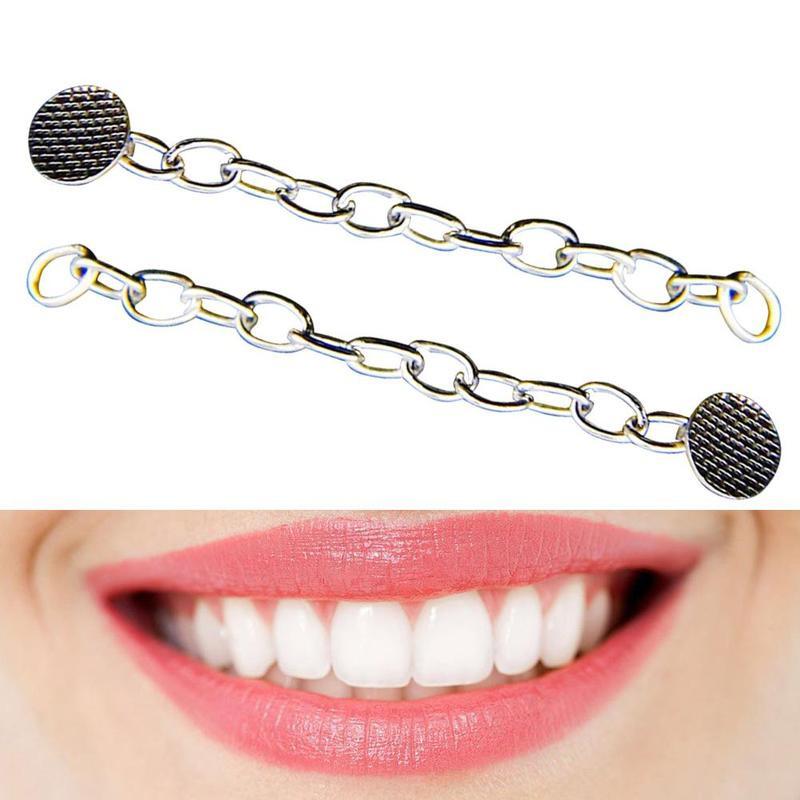 HARO Backlinks – Get Cited Like a Pro in Top Media!
HARO Backlinks – Get Cited Like a Pro in Top Media!
Bladder Control Devices A Deep Dive into the Best Solutions for Women
Written by ganesh » Updated on: June 17th, 2025 199 views

Introduction
Bladder control issues, including urinary incontinence, are common among women of all ages, affecting their quality of life and emotional well-being. Fortunately, advancements in medical technology have led to the development of various bladder control devices designed to help women manage this condition effectively.
This article explores the best bladder control devices available, their benefits, and how they can female stress urinary incontinence treatment devices market to regain confidence and control.
Understanding Bladder Control Issues
Bladder control problems can manifest in several forms:
Stress Urinary Incontinence (SUI): Leakage occurs when pressure is exerted on the bladder during activities like laughing, sneezing, or exercising.
Urge Incontinence: An intense, sudden urge to urinate can result in involuntary leakage before reaching the restroom.
Mixed Incontinence: A combination of both stress and urge incontinence.
Identifying the type of incontinence is crucial for selecting the most appropriate management devices.
Best Bladder Control Devices for Women
1. Pessaries
Pessaries are non-surgical devices inserted into the vagina to provide support for the bladder and reduce leakage.
Benefits:
Non-invasive and easy to use.
Helps prevent urinary leakage during physical activities.
Types:
Ring Pessary: A simple design that offers support for mild to moderate incontinence.
Gellhorn Pessary: Features a stem for easy removal and is suitable for women with more significant support needs.
2. Pelvic Floor Muscle Trainers
Strengthening the pelvic floor is essential for managing bladder control effectively. Devices designed for pelvic floor training can aid in this process.
Benefits:
Improve muscle strength and control, reducing urinary incontinence.
Many devices provide real-time feedback for effective training.
Top Picks:
Smart Kegel Trainers: Devices like Elvie and Kegel8 offer app connectivity for tracking progress and guidance.
Weighted Kegel Balls: Inserted into the vagina, these weights require muscle contractions to hold in place, enhancing pelvic floor strength.
3. External Catheters
External catheters provide a non-invasive solution for women with significant leakage, allowing for greater mobility and comfort.
Benefits:
Easy to apply and remove.
Can be worn discreetly under clothing.
Top Choices:
Female Urinary Collectors: Specifically designed for women, these devices are worn externally and connect to a collection bag, effectively managing urine output.
Urinary Collection Bags: Used in conjunction with external catheters, these bags are available in various sizes and styles for discreet wear.
4. Absorbent Products
Absorbent pads and liners remain a practical choice for many women dealing with bladder control issues.
Benefits:
Provide comfort and protection without invasive procedures.
Available in various sizes and absorbencies to suit individual needs.
Top Picks:
Incontinence Pads: Brands like Always Discreet and Tena offer ultra-thin, absorbent pads designed for discreet wear.
Reusable Cloth Pads: Eco-friendly options that provide comfort and absorbency, appealing to those looking for sustainable solutions.
5. Minimally Invasive Surgical Devices
For women with more severe incontinence, surgical options may be necessary. These options can offer significant long-term relief.
Benefits:
Can provide a more permanent solution for bladder control.
Top Choices:
Mid-Urethral Sling Procedures: Minimally invasive surgeries that involve placing a mesh tape under the mid-urethra to provide support for women with moderate to severe stress incontinence.
Artificial Urinary Sphincters: These devices are implanted around the urethra to help control urine flow, effective for women with severe incontinence.
Factors to Consider When Choosing a Device
Type of Incontinence: Knowing whether you experience stress, urge, or mixed incontinence will guide your device selection.
Comfort and Fit: Choose devices that provide comfort and security to minimize leakage and discomfort.
Ease of Use: Consider how easy the device is to insert, remove, and clean.
Lifestyle Compatibility: Opt for a device that fits well with your daily activities, ensuring it supports your lifestyle.
Conclusion
Managing bladder control issues is essential for maintaining a healthy and fulfilling life. With various effective devices available, women can find solutions tailored to their specific needs. From pessaries and pelvic floor trainers to external catheters and surgical options, advancements in technology provide hope and relief for those affected by urinary incontinence.
Note: IndiBlogHub features both user-submitted and editorial content. We do not verify third-party contributions. Read our Disclaimer and Privacy Policyfor details.
Copyright © 2019-2025 IndiBlogHub.com. All rights reserved. Hosted on DigitalOcean for fast, reliable performance.

















